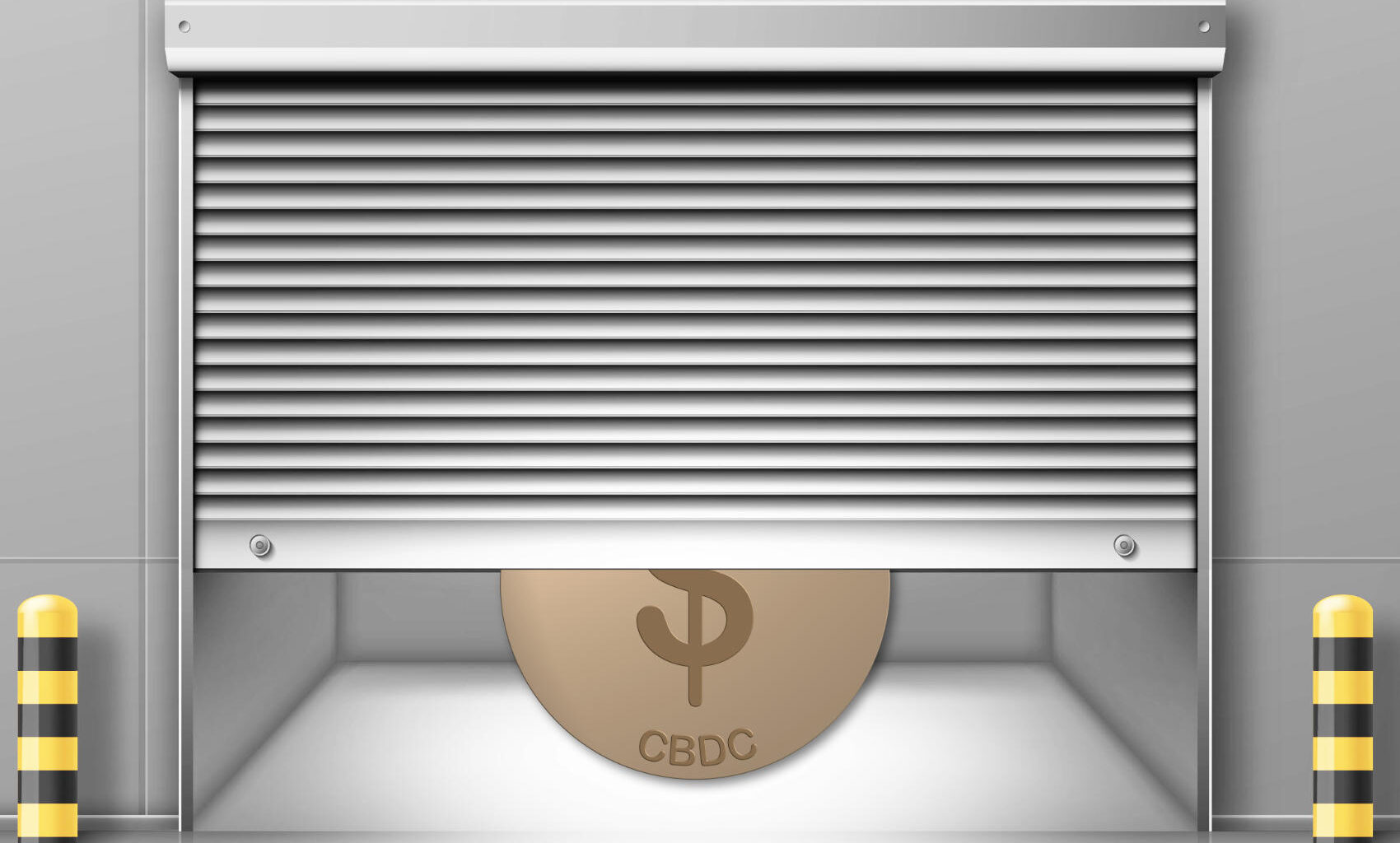The House of Representatives yesterday passed the Anti-CBDC Surveillance Act alongside legislation for stablecoins (GENIUS Act) and crypto market infrastructure (Clarity Act). While the GENIUS Act has already passed the Senate, the Anti-CBDC bill still requires a Senate vote.
Preserving wholesale CBDC options
The current version of the Anti-CBDC bill has refined its language to block only retail central bank digital currencies. Earlier drafts could potentially have prevented the Federal Reserve from using distributed ledger technology (DLT) for a wholesale CBDC only usable by institutional users.
The legislation defines a central bank digital currency as “a form of digital money or monetary value that is—
(i) denominated in the national unit of account;
(ii) a direct liability of the Federal Reserve System; and
(iii) widely available to the general public.”
This distinction matters because wholesale CBDCs are not “widely available to the general public.” A Financial Times opinion piece published today suggested the legislation could isolate “the dollar from the rapid expansion of wholesale CBDCs, which allow faster and cheaper settlements among commercial banks and between central banks themselves.” However, this interpretation appears to misunderstand the current bill’s scope.
The Federal Reserve began exploring the classification of wholesale CBDCs a couple of years ago in response to Republican opposition to government digital currencies. The central bank distinguishes between tokenized reserves, which represent existing central bank balances using different technology, and wholesale CBDCs, which create separate legal liabilities. Even if the Anti-CBDC legislation had failed to exclude wholesale CBDC, the Federal Reserve could have argued that a tokenized reserve is no different to current reserves. This is one of the reasons why central banks now prefer to use the term tokenized reserves instead of wholesale CBDCs.
